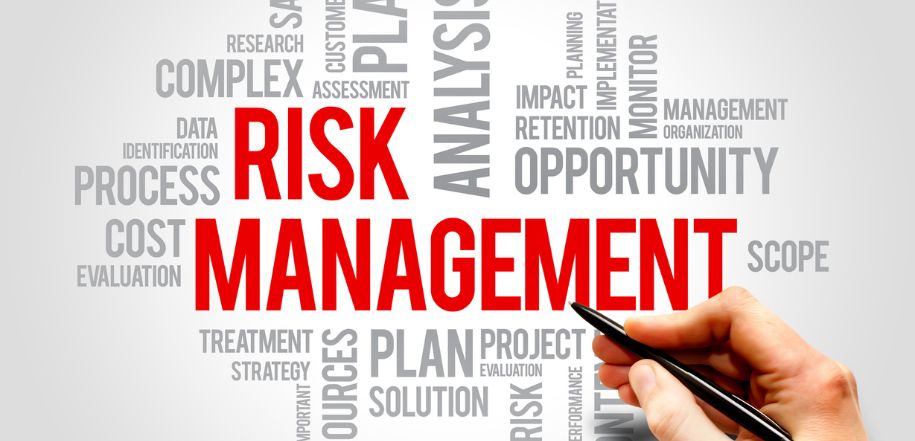In the evolving world of finance and business, Chartered Accountants (CAs) are increasingly stepping into roles that go far beyond traditional financial reporting, audit, and taxation. As global trends shift towards sustainability, social responsibility, and digital innovation, new risk areas have emerged that offer exciting opportunities for CAs to demonstrate their value.
This post will explore the growing demand for risk management expertise in emerging fields such as Environmental, Social, and Governance (ESG) factors, corporate social responsibility (CSR), sustainability reporting, and social audits. We’ll examine how Chartered Accountants can embrace these opportunities to not only mitigate risks but also drive positive change for businesses and society.
1. ESG Risks: The New Frontier for Chartered Accountants
Environmental, Social, and Governance (ESG) considerations are transforming how companies assess and manage risks. Investors, consumers, and regulators are increasingly focused on how businesses impact the environment, treat their employees, and uphold governance standards. As a result, ESG risks have emerged as one of the most significant areas of concern for businesses across the globe.
For Chartered Accountants, this shift presents a unique opportunity to lead the charge in helping businesses navigate ESG risks and compliance.
How CAs Can Leverage ESG Opportunities:
- Sustainability Reporting: Companies are now required to disclose their environmental and social impact through sustainability reports. CAs can help ensure that these reports are accurate, transparent, and aligned with international standards such as the Global Reporting Initiative (GRI) and Sustainability Accounting Standards Board (SASB).
- ESG Risk Assessment: CAs are well-positioned to identify and assess ESG risks that could impact a company’s financial performance and reputation. For example, climate change risks can affect supply chains, regulatory compliance, and investment decisions. CAs can guide companies in implementing strategies to mitigate these risks.
- Assurance Services: As ESG reporting grows in importance, the demand for assurance services is increasing. CAs can provide independent verification of ESG disclosures, ensuring that businesses remain credible and trustworthy in the eyes of stakeholders.
Example: A CA advising a manufacturing company might identify risks related to regulatory changes on carbon emissions. By helping the company implement energy-efficient processes, the CA not only mitigates compliance risks but also enhances the company’s reputation for sustainability.
2. Corporate Social Responsibility (CSR) and Social Audits
Corporate Social Responsibility (CSR) has evolved from being a “nice-to-have” initiative to a mandatory requirement for many companies, especially in India. Businesses are now expected to contribute to social welfare by funding projects that align with government goals, such as poverty alleviation, education, healthcare, and environmental sustainability.
As a result, there is a growing demand for Chartered Accountants to help companies not only meet their CSR obligations but also conduct social audits to ensure that funds are being used effectively and transparently.
How CAs Can Engage with CSR:
- CSR Strategy and Compliance: CAs can help companies design CSR strategies that align with both regulatory requirements and the company’s core values. This ensures that CSR funds are invested in impactful projects while complying with laws like the Companies Act, 2013, which mandates certain companies to spend 2% of their net profits on CSR activities.
- Social Audits: Companies need to demonstrate that their CSR spending is making a real impact. CAs can conduct social audits to assess the effectiveness of CSR initiatives, ensuring that resources are being used appropriately and generating measurable social benefits.
- Social Impact Assessment: In addition to financial audits, CAs can take the lead in assessing the social impact of corporate activities. This involves evaluating how CSR initiatives contribute to improving local communities and addressing key social challenges.
Example: A CA working with an FMCG company might conduct a social audit on a CSR project aimed at providing clean drinking water in rural areas. The audit would assess whether the funds were properly allocated and whether the initiative achieved its intended social impact, thereby ensuring compliance and accountability.
3. Sustainability: Driving Long-Term Business Success
Sustainability is no longer just a buzzword; it’s a strategic priority for businesses worldwide. Companies are increasingly looking to minimize their environmental footprint while ensuring long-term profitability. This shift toward sustainable business practices creates numerous opportunities for CAs to provide value by helping businesses balance their financial goals with environmental and social responsibilities.
How CAs Can Drive Sustainability:
- Sustainable Financial Management: CAs can help businesses integrate sustainability into their financial planning, ensuring that resources are used efficiently and that long-term risks (e.g., resource scarcity or climate change) are mitigated.
- Green Financing and Investments: As sustainable finance grows, CAs can play a crucial role in advising businesses on green bonds, sustainability-linked loans, and other financial instruments that support environmentally-friendly initiatives.
- Carbon Accounting: Businesses are now being held accountable for their carbon emissions. CAs can assist in carbon accounting, which involves measuring and reporting the company’s carbon footprint. This helps organizations track their progress toward achieving net-zero emissions.
Example: A CA advising a real estate company might develop a sustainability strategy focused on reducing the environmental impact of construction projects by sourcing eco-friendly materials and implementing energy-efficient building designs. This not only reduces costs but also enhances the company's appeal to environmentally-conscious investors and customers.
4. Social Impact Reporting and the Rise of Social Stock Exchanges
The rise of social stock exchanges (SSEs) marks an exciting development in the investment world. SSEs enable investors to buy shares in companies that prioritize social and environmental impact over short-term profits. As this trend grows, companies listed on social stock exchanges must demonstrate that they are genuinely making a positive social impact.
How CAs Can Help with Social Impact Reporting:
- Social Performance Metrics: CAs can develop and monitor key social performance indicators (KPIs) to help businesses measure their social impact. This involves tracking metrics such as job creation, gender equality, educational outcomes, and health improvements in the communities they serve.
- Social Auditing for SSEs: CAs can provide assurance services for companies listed on SSEs by verifying that their social impact reports are accurate and aligned with investor expectations.
- Advising Social Enterprises: Many social enterprises—businesses that prioritize social goals over profits—need guidance on how to balance financial sustainability with their mission-driven goals. CAs can help these organizations navigate the complex financial landscape while maximizing their social impact.
Example: A CA working with a non-profit organization might develop a reporting framework to measure the organization’s impact on improving literacy rates in underserved communities. The CA would ensure that this framework aligns with the standards required for listing on a social stock exchange, making it easier for the organization to attract impact investors.
Conclusion: A New Era of Risk and Opportunity for Chartered Accountants
As the business landscape shifts towards greater social responsibility, sustainability, and transparency, Chartered Accountants have a golden opportunity to expand their role. By stepping into emerging areas like ESG, CSR, and social impact reporting, CAs can not only manage risks but also drive meaningful change.
The future of the profession will require more than just financial expertise—it will demand a deep understanding of how social and environmental factors intersect with business success. Chartered Accountants who embrace these emerging risks will be well-positioned to lead their organizations into a sustainable and socially responsible future.








